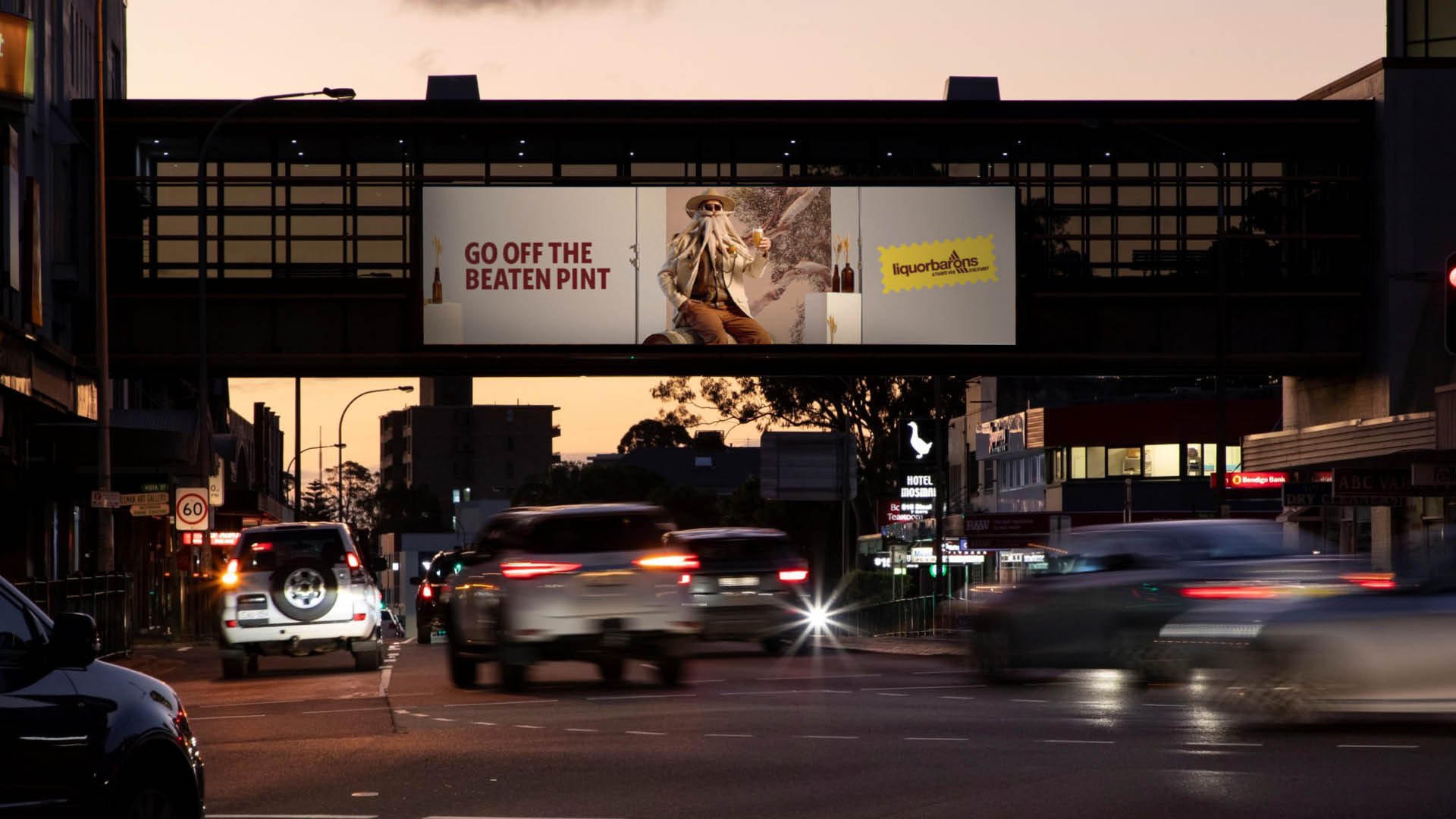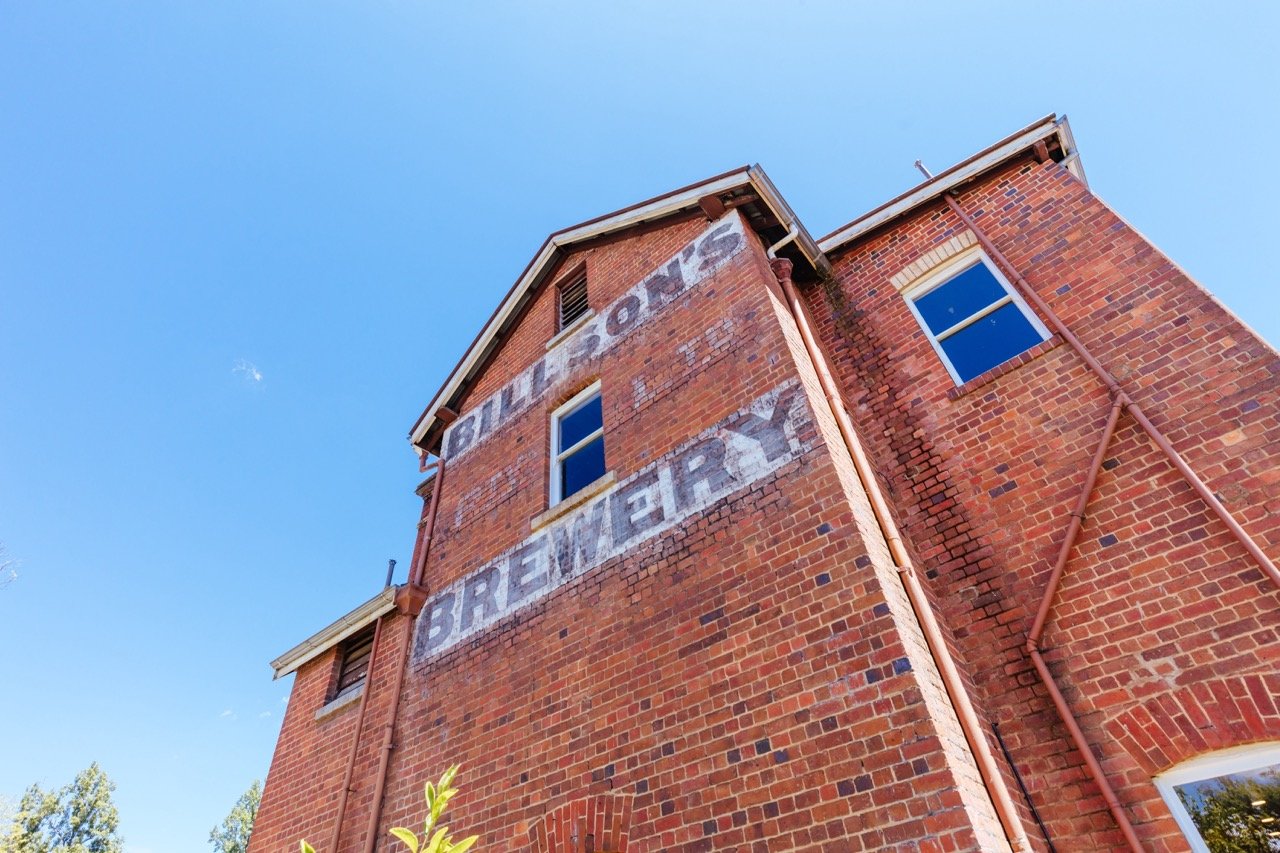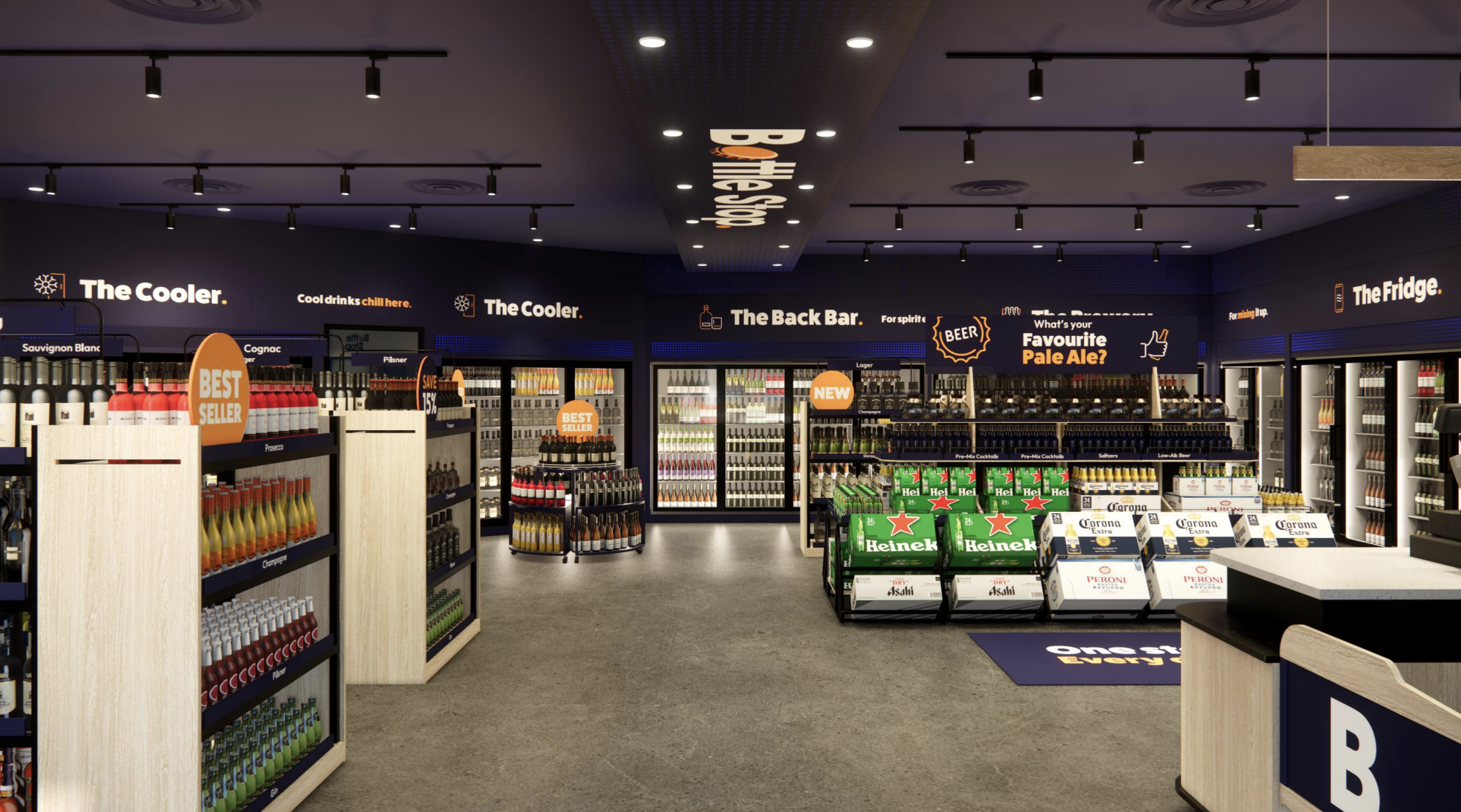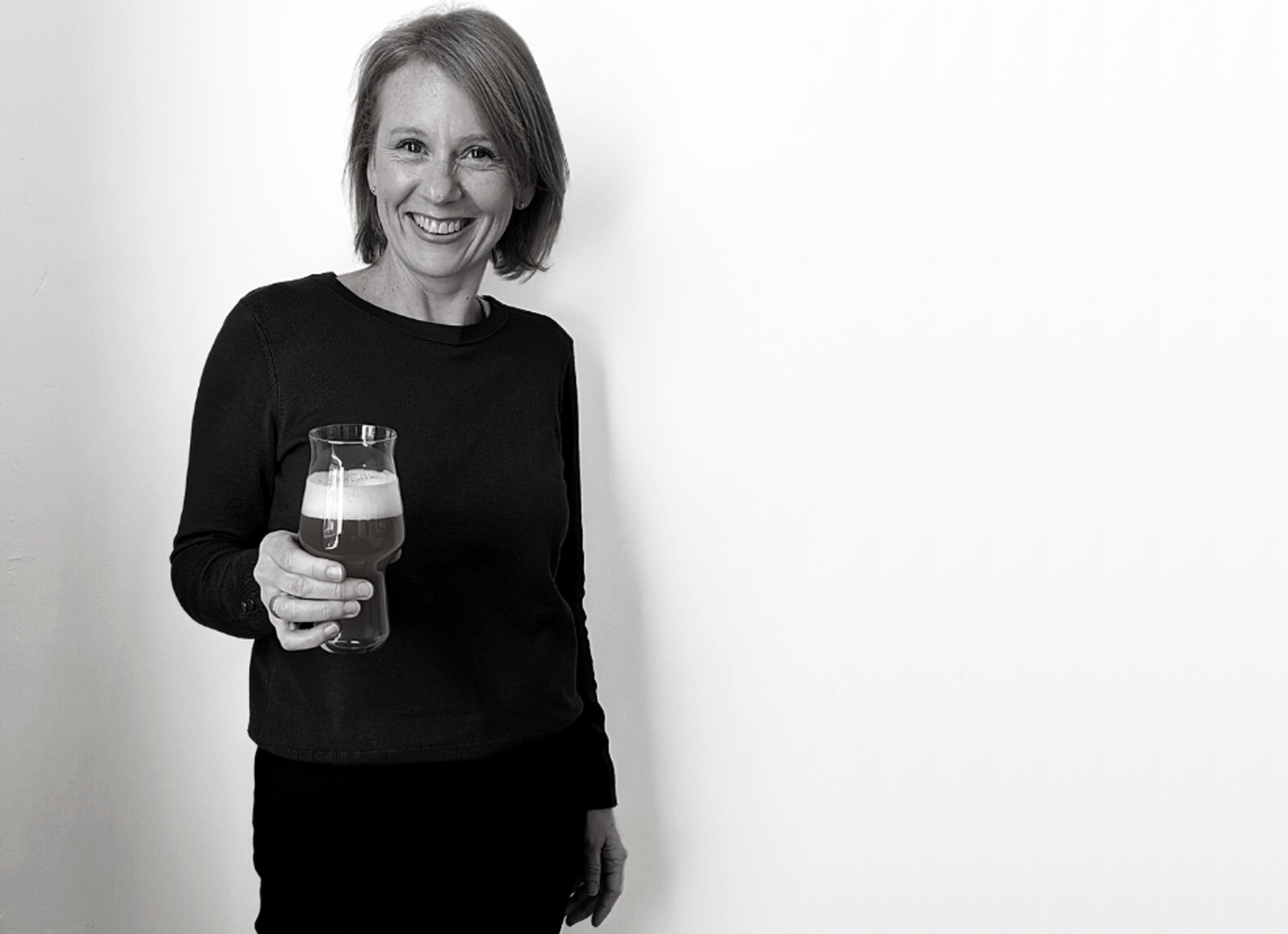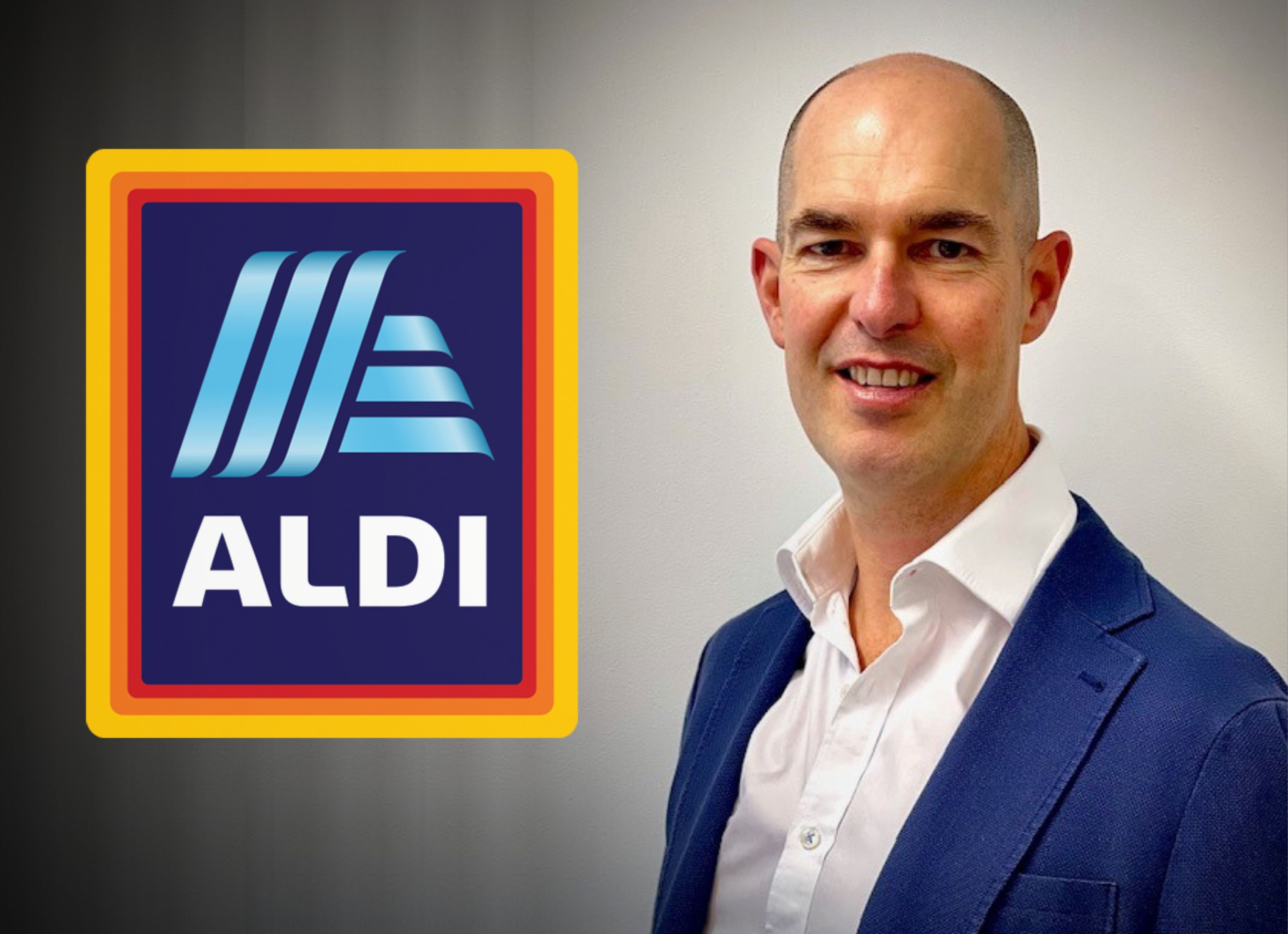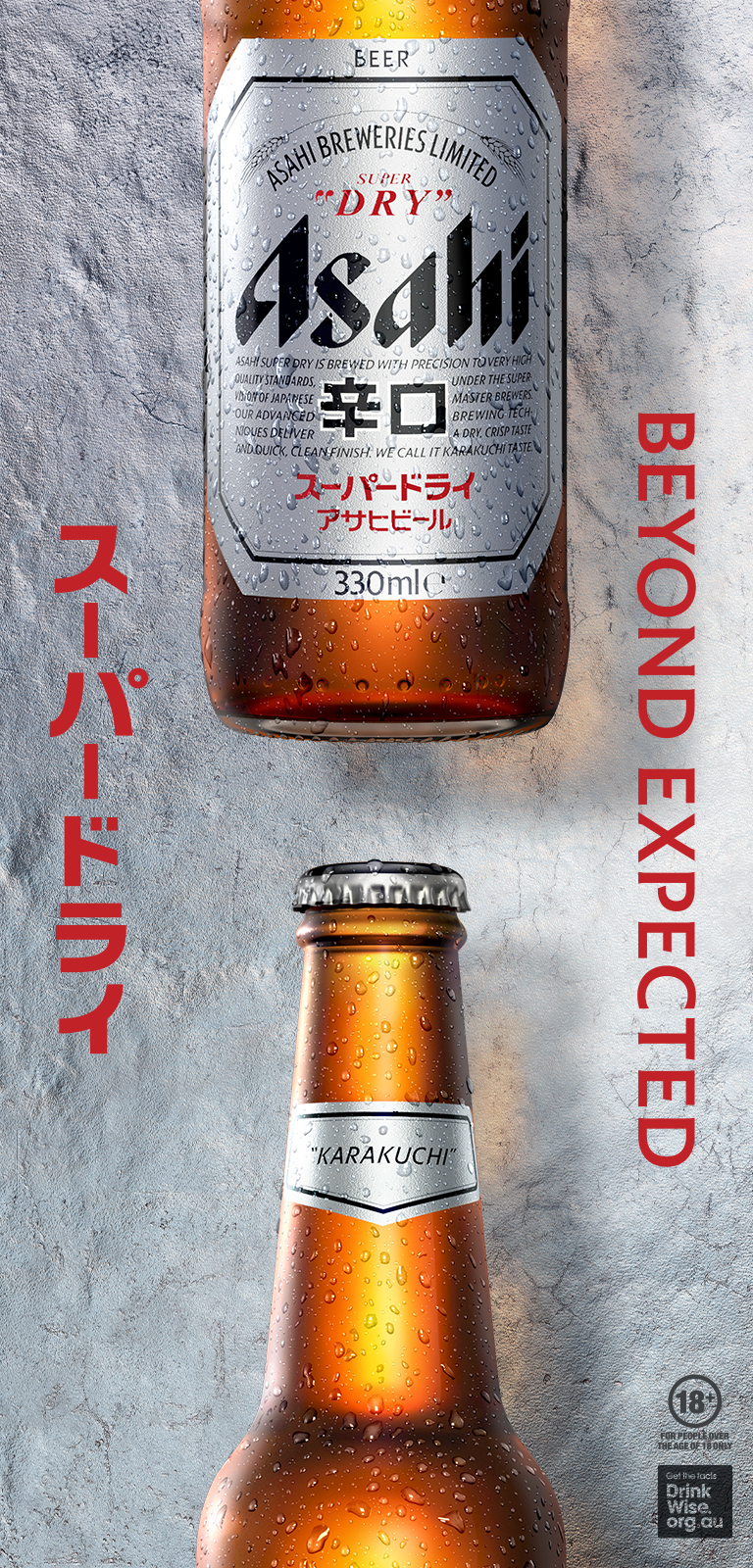Look around supermarkets and liquor stores today and you see gourmet hams and award-winning wines increasingly sporting a house brand or exclusive brand label.
Private labels are no longer viewed simply as low-cost alternatives to name brands; they’re increasingly becoming high-quality products that fulfill consumer needs across a variety of price points.
Nielsen’s Head of Retail, Kosta Conomos says: “It is clear that Gen Y is a key driver of acceptance and growth, as questionable quality private label goods simply don’t exist in their memory, meaning there is no stigma associated with a store brand product – and for good reason.
“Retailers are also driving this phenomenon through three key tactics - premiumisation, price promotions and innovation. And consumers are responding, with almost half (49 per cent) saying they would buy more store brand products as they become available across more categories.”
Conomos added: “Private label products are going to grow to represent at least a quarter of all grocery sales in the next five years. And with ALDI in the mix – the fastest growing supermarket retailer in the country - non-discount retailers must maintain a commitment to their customers; offering variety, quality, innovation and premium offerings amongst branded products.”
[divider]
The Pacific: More Viable Options than Ever Before
Astonishingly, Nielsen insights show almost all households in Australia and New Zealand purchased private label products in the past year.
“There has been a significant shift in perceptions from 2009 to 2014 as the reputation of private label has evolved from cheap compromise to quality offering”, Comos said. “And private label is more important than ever, as consumers want a viable alternative to name brands.”
“Investment in private label goods globally means consumers now see a strong quality and value proposition for these products. Our research shows 71 per cent of global consumers say that store brand quality has improved, and in Australia this number is five points higher at 76 per cent.”
This is due in large part to an increasing investment in premium lines, such as Woolworths Gold, Coles Finest and ALDI Australia’s exclusive brands, as well as an improvement in quality across the board as retailers look to increase volume share and store loyalty.
When Private Label Wins: ALDI
While growth of exclusive brands at the major chains show no sign of slowing down, ALDI’s leading the way, driving consumers in store with its wide spread offering of quality private labels and the retailer is growing at a significant rate - three times faster than Coles and Woolworths.
ALDI’s exclusive brands are targeted at offering its shoppers products of equal quality to market leading brands, but for better value. To do this, ALDI consistently benchmarks its products against the market to ensure its range is reflective of market trends and meeting, or even exceeding, the quality of market leading brands.
In ALDI’s exclusive-label liquor range alone, there are around 60 wines, including sparkling, as well as eight beers, six spirits and RTDs, and four ciders, while its online offering has an even wider selection. And over the last 12 months, its range has received some of the most sought after awards in the industry.
“ALDI’s exclusive brands are equivalent to, if not better than the leading brands”, ALDI Buying Director Paul Handley told <i>drinks<i> bulletin. “So while they are offered at a discount price, they never compromise on quality. Our customers have come to expect this great quality liquor at value prices, and as testament to this we gained the title of Australia’s best value liquor retailer in 2014.”
“The ALDI brand is focused on providing high value, quality products for its customers. Whether it is for our core range, seasonal or Special Buy lines, the offer must convey these values. We do not compromise on quality and make it our mission every day to consistently improve the value offering. Our everyday low price model means that price promotions are not something we generally use; instead we will always strive to offer customers the best quality products at a great everyday price”, Mr. Handley added.
So How Many Private Label Brands are Optimal?
Private label growth is partially driven by what’s available on store shelves; that is, it’s an offer-driven market. Globally, Nielsen found that nearly six in 10 (59 per cent) of respondents say they would buy more private label if a larger variety of products were available. It is a misconception, however, that increasing the breadth of assortment will automatically drive sales. Retailers must pursue the right selection, not just a bigger selection.
Consequently, necessary delisting decisions should be taken with great care.
Replacing name brands that are declining in share with private label products that deliver better margins usually comes at the expense of small- and mid-sized name brands. Typically, category leaders are not challenged by private label cannibalisation, rather, the number two and three brands often face the greatest threat to sales. Retailers must manage their shelf space carefully. Removing too many high-penetration, high- frequency or strong niche brands from store shelves can drive shoppers to the competition.
So how many private label brands are optimal?
To determine an optimal assortment strategy, a keen understanding of market dynamics and consumer consumption patterns is necessary. In developing markets, where the number of private label brands is significantly less and the comfort threshold is higher, more consumers feel there are too many private label brands on retailer shelves (50 per cent in Asia Pacific, 60 per cent in Africa/Middle East and 54 per cent in Latin America). Correspondingly, more than half of respondents in developing markets also think retailers have eliminated too many name-brand products, driving them to shop in multiple stores.
While the right assortment varies by market, one factor is critical for all consumers; consumers want to comparison-shop. Nearly three-quarters (73 per cent) of global respondents prefer to see name-brand and private label items next to each other on the store shelf so they can easily review prices. In Asia Pacific, 73 per cent of correspondents said they prefer to see name-brand and private label items next to each other on the shelf, to be able to compare prices.
But do these enthusiastic attitudes translate into sales? The answer depends on the market. In terms of private label development, the world can be divided into two distinct spheres - the developed world (Europe, North America and the Pacific) and the developing world (Latin America, Asia and Africa/Middle East). While value share is at or above 15 per cent in developed regions (and as high as 45 per cent in Europe), it is below 10 per cent in most developing countries in the study. In fact, it is 5 per cent or less in key markets, such as China, India and Brazil.
Ultimately, private label’s advancement is in the hands of the retailers. Private label brands are not a quick or easy win, and the future will be brighter when retailers decide it is the right time to fully invest to make private label successful.
Share the content


